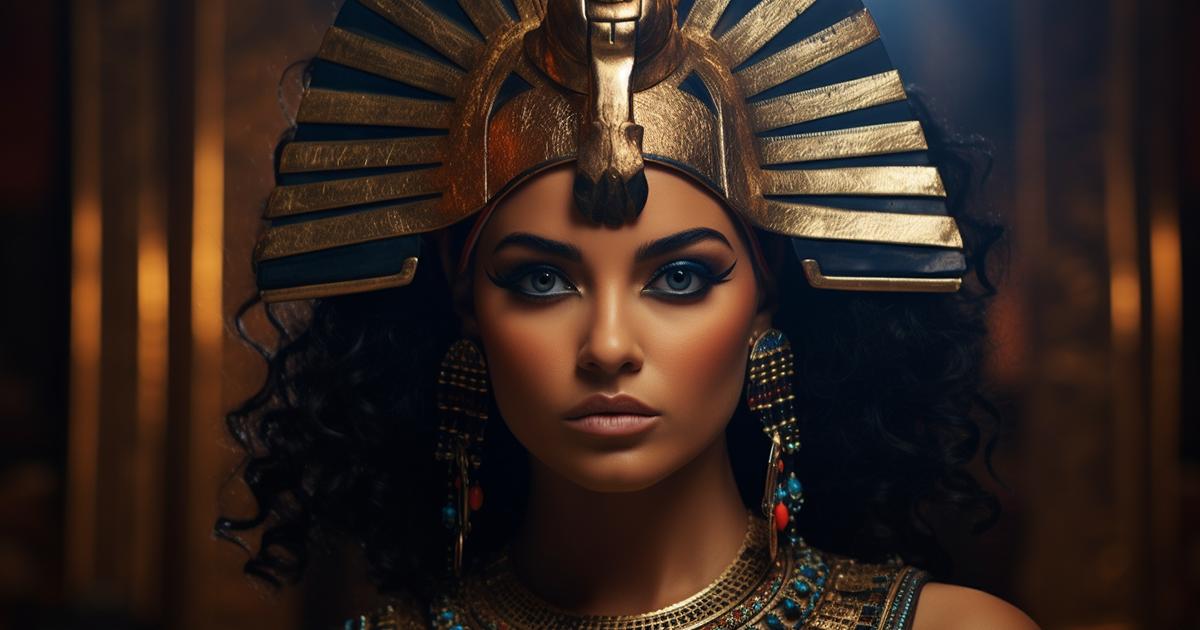The enigmatic allure of Cleopatra, the legendary queen of Egypt, has captivated minds across the centuries. Her enthralling tale, steeped in mystery and charm, has been handed down through ancient scripts and modern interpretations. While stories of power struggles and political machinations prevail, the focus always returns to her physical appearance, stealing the limelight consistently.
Throughout history, Cleopatra has been depicted in various ways, reflecting the biases and intentions of those retelling her story. The Romans famously portrayed her as a seductive danger, a seductress whose appeal was as deadly as it was irresistible. This characterization, molded by political motives and societal biases, has stood the test of time, shaping our view of Cleopatra as a woman of unmatched beauty.
However, the mystery surrounding Cleopatra’s beauty remains puzzling, blending reality with narrative complexities.

Delving into the societal context during Cleopatra’s era is paramount. The standards of beauty in ancient Egypt differed vastly from Greco-Roman ideals. While the Greeks and Romans esteemed fair skin and dainty features, the Egyptians valued symmetry and equilibrium over traditional attractiveness.
Furthermore, the portrayal of Cleopatra as a beauty icon may have been driven by political objectives. In a society where authoritative women were often viewed as menacing, highlighting Cleopatra’s charm might have aimed to belittle her achievements by reducing her essence to mere appearance.
The romanticized perception of Cleopatra’s beauty could also be traced back to a fascination with the exotic. Being the ruler of mysterious Egypt, Cleopatra embodied the appeal of the unfamiliar, heightening her allure to outsiders.
In reality, Cleopatra’s true beauty likely surpassed physical aesthetics. As a proficient diplomat, strategist, and linguist, she possessed a charm and intellect that transcended superficial allure. Her knack for captivating influential men of her time underscores her charisma and intelligence, traits often overshadowed by her external beauty.
In summary, although Cleopatra’s beauty has fascinated through generations, it is crucial to approach this subject with careful examination. By delving into the cultural, political, and societal elements shaping her image, we can start unraveling the layers of Cleopatra’s persona beyond the myths and misconceptions. She was not merely a lovely face but a commanding leader whose legacy continues to evoke wonder and reverence to this day.
